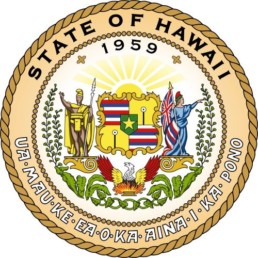How can employers minimize their unemployment insurance contribution rate?
September 14, 2021
|By wpadmin
An employer’s contribution rate is determined on the effective rate schedule as well as the ratio of the employer’s reserve account balance at the end of the year to the employer’s average annual taxable payroll for the past three years. The ratio decreases as the reserve balance decreases or the average annual taxable payroll increases, which may result in a higher contribution rate. As such, employers can minimize their contribution rate by keeping or increasing their reserve balance, or decreasing the average annual taxable payroll.
TIPS:
- File contribution and quarterly wage reports timely, together with contributions due.
- Work with employees to avoid layoffs and voluntary quits. Every separation has the potential to increase an employer’s contribution rate.
- Keep good records. Give and document warnings prior to discharging the employee. Provide these records upon request by UI personnel without delay.
- Conduct exit interviews to help determine why an employee is leaving. This may result in changes in the company’s procedures that may assist in retaining employees.
- Answer claim notices promptly, accurately, and in detail. Respond immediately to requests for job separation details on Form UC-BP-35, :Request for Separation Information, wage data for part time workers on Form UC-52(a) Weekly Report of Low Earnings, and weekly earnings information for multi-weeks on Form UC-BP-60, Report of Earnings or any other requested form critical to determine eligibility and payment processes.
- Failure to promptly respond as directed may result in incorrect benefit payments, increased employer’s contribution rates, and penalty assessments.
